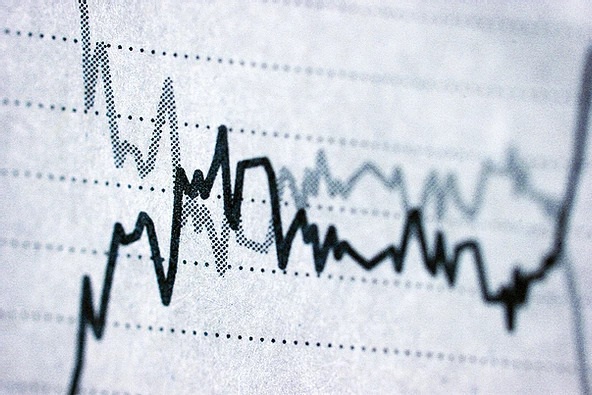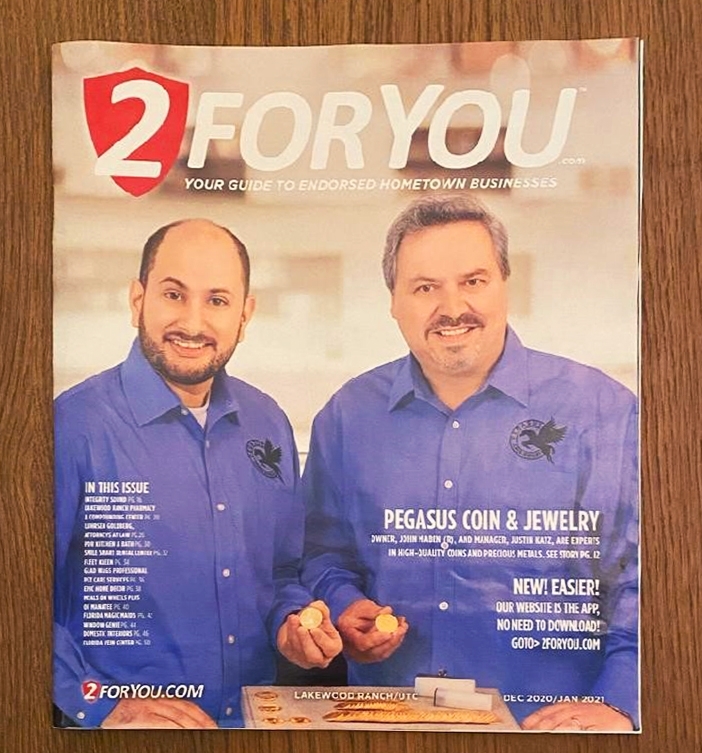
The “spot price” in the precious metals marketplace represents the basis for which a raw ounce of the metals can be bought and sold for immediate delivery. Spot prices fluctuate constantly, affecting both the buying and selling of precious metals. The price you will pay for any silver, gold, or platinum product is the spot price plus a “premium” that is added by all manufacturers, distributors, and dealers in order for them to make a profit. Spot prices are quoted in troy ounces but can easily be converted into grams, pennyweights or kilos. Transactions for bullion coins and bars also are based on the spot price.
Trading occurs on the precious metals market close to 24 hours a day because there’s nearly always some location somewhere in the world actively trading. New York, London, Zurich, Sydney, Tokyo, and Hong Kong are where most of the trading takes place. Metals typically trade 23 hours a day, Sunday through Friday. Most over-the-counter (OTC) markets overlap each other; the one hour when no market is trading is 5 to 6 p.m. Eastern Time. There are no official opening or closing spot prices.

Most dealers use a high and a low value, aka a “bid and an ask,” to represent the spot price at a given time. A spot price is “fluid,” meaning it can change throughout the day and is typically updated every 30 to 60 seconds.
Because there are numerous spot-pricing services, prices vary slightly from one website to another. Because dealers work with different spot-pricing services, slight variations exist between dealers. Also, if dealers say they are “calling spot,” it typically means they are using their own spot price as the reference point. This is common, and there are many reasons a dealer may choose to do this, such as extreme price volatility or conflicting information on prices as well as supply/demand factors

When Pegasus sells, we base all bullion prices on the spot price, plus our premium for each product. When we are buying, we also use spot as the basis, and our offer to buy can vary from below spot to above spot, depending on the market demand and our current inventory. The pricing of karat gold and sterling silver also is based on spot but is more complicated and varies widely from dealer to dealer because of a variety of factors. We can save that topic for another blog down the road.
So, remember: Spot prices come from a variety of sources and are constantly changing. There is no one universal spot price.
Pegasus will always tell you the spot price we are using when conducting any buy or sell transaction of precious metals.





